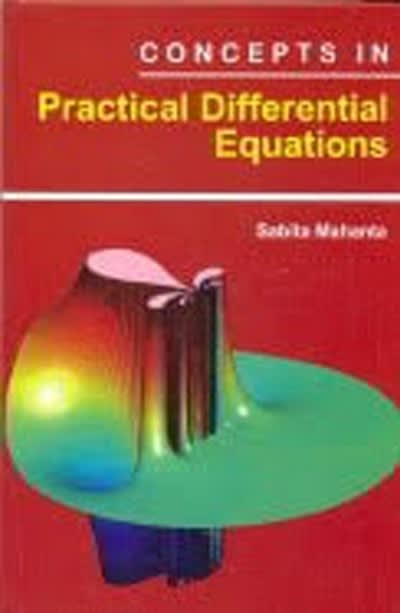Question
*12.10.Refer to Microcomputer components Problem 12.9. The analyst has decided to employ regression model (12.1) and use the Cochrane-Orcutt procedure to fit the model. a.
*12.10.Refer toMicrocomputer componentsProblem 12.9. The analyst has decided to employ regression model (12.1) and use the Cochrane-Orcutt procedure to fit the model.
a. Obtain a point estimate of the autocorrelation parameter. How well does the approximate relationship (12.25) hold here between this point estimate and the Durbin-Watson test statistic?
b. Use one iteration to obtain the estimates b0 and b1 of the regression coefficients 0 and 1 in transformed model (12.17) and state the estimated regression function. Also obtain s{b0} and s{b1}.
c. Test whether any positive autocorrelation remains after the first iteration using= .05. State the alternatives, decision rule, and conclusion.
d. Restate the estimated regression function obtained in part (b) in terms of the original variables. Also obtains{b0} ands{b1}. Compare the estimated regression coefficients obtained with the Cochrane-Orcutt procedure and their estimated standard deviations with those obtained with ordinary least squares in Problem 12.9a.
e. On the basis of the results in parts (c) and (d), does the Cochrane-Orcutt procedure appear to have been effective here?
f. The value of industry production in month 17 will be $2.210 million. Predict the value of the firm's components used in month 17; employ a 95 percent prediction interval. Interpret your interval.
g. Estimate1with a 95 percent confidence interval. Interpret your interval.
PROBLEM 12.9
*12.9.Microcomputer components.A staff analyst for a manufacturer of microcomputer components has compiled monthly data for the past 16 months on the value of industry production of processing units that use these components (X, in million dollars) and the value of the firm's components used (Y, in thousand dollars). The analyst believes that a simple linear regression relation is appropriate but anticipates positive autocorrelation. The data follow:
| t: | 1 | 2 | 3 | ... | 14 | 15 | 16 |
| Xt | 2.052 | 2.026 | 2.002 | ... | 2.080 | 2.102 | 2.150 |
| Yt: | 102.9 | 101.5 | 100.8 | ... | 104.8 | 105.0 | 107.2 |
Step by Step Solution
There are 3 Steps involved in it
Step: 1

Get Instant Access to Expert-Tailored Solutions
See step-by-step solutions with expert insights and AI powered tools for academic success
Step: 2

Step: 3

Ace Your Homework with AI
Get the answers you need in no time with our AI-driven, step-by-step assistance
Get Started


